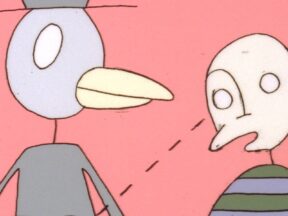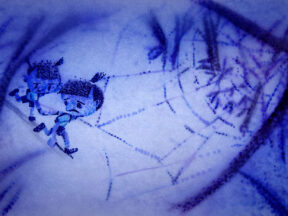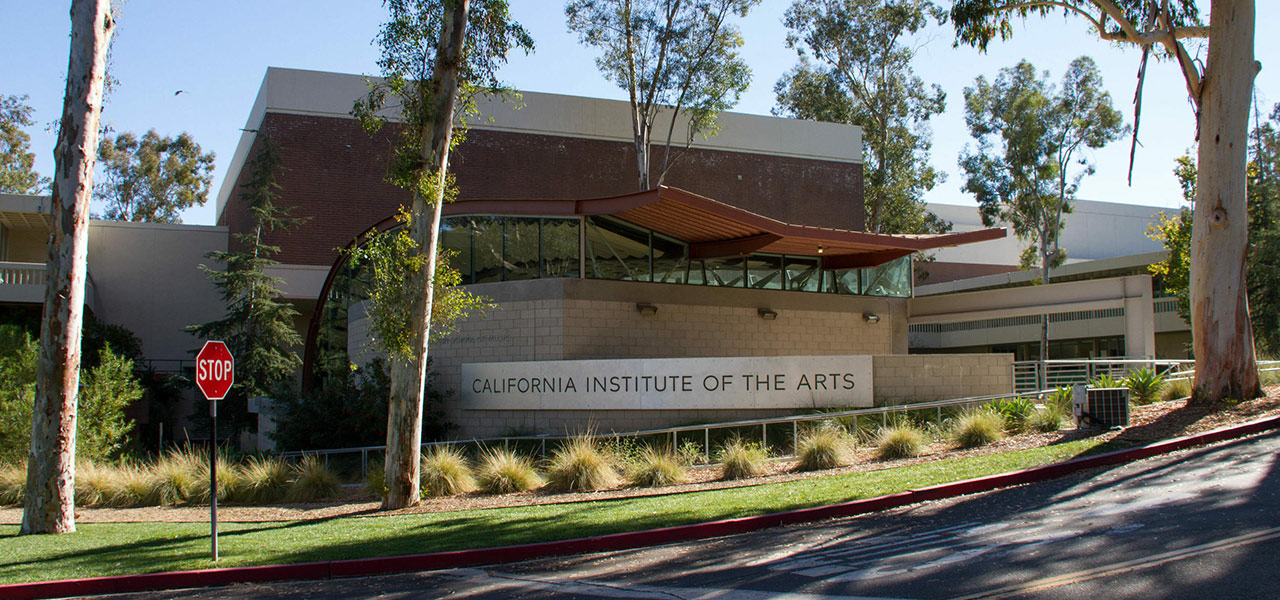
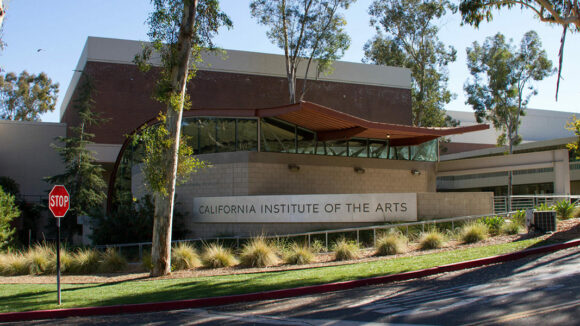
Calarts Alumni Reveal What It’s Like To Attend The World-Famous Animation School
In our ongoing series on exceptional international animation schools, we take a look at one of the most famous animation schools in the world: California Institute of the Arts.
Located in Valencia, California, the Calarts animation program – part of the school’s film and video department – is among the world’s most unique places to study animation. Calarts actually has two separate animation programs: character and experimental. So if you want to work at Disney, you got it. You want to carve out a career as an indie artist, you can do that too.
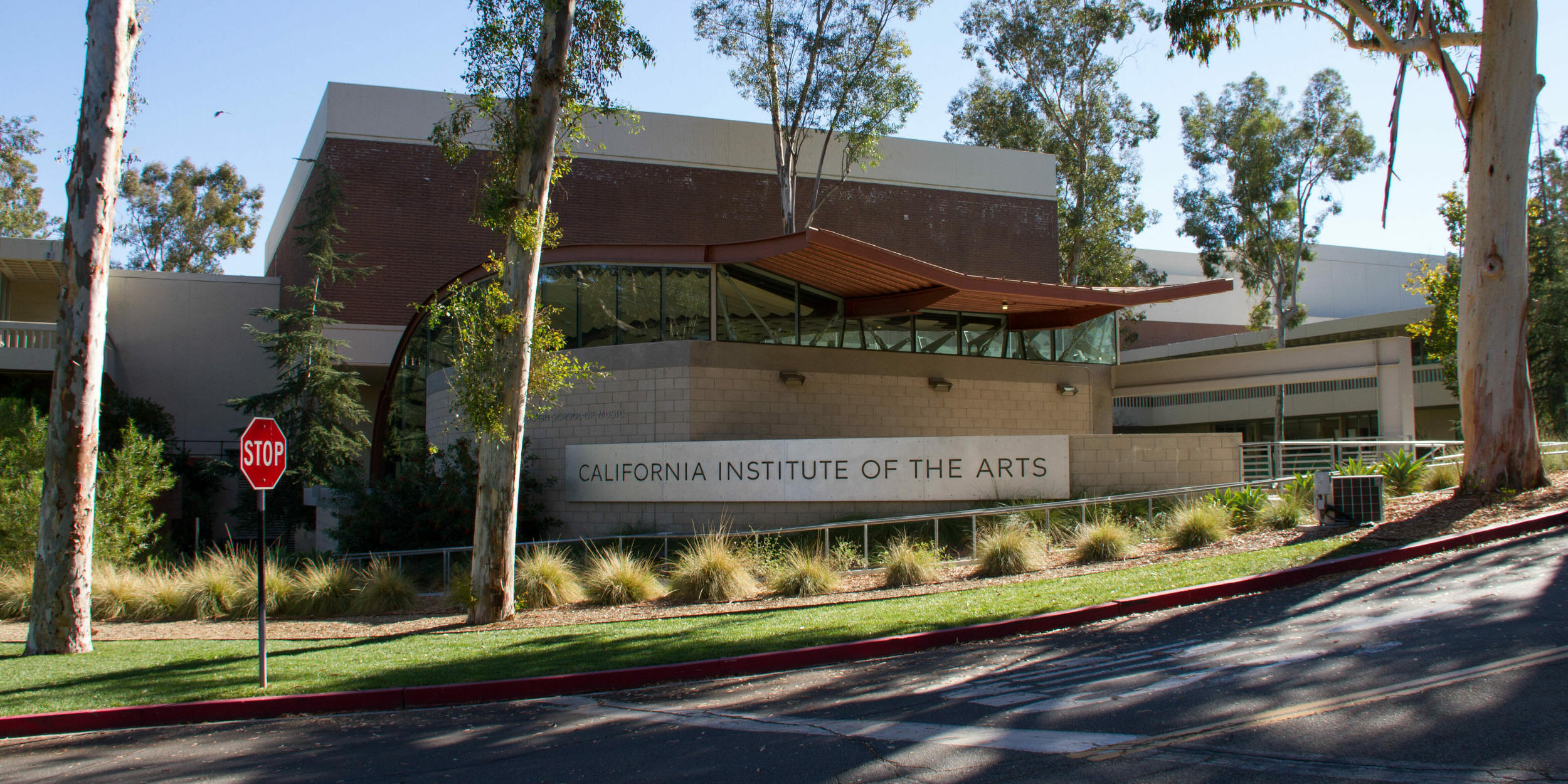
Calarts boasts one of the industry’s most impressive alumni bases. Check out this very brief list that reads like an animators hall of fame: Brad Bird, Pete Docter, Ralph Eggleston, John Musker, John Lasseter, Andrew Stanton, Shannon Tindle, J.G. Quintel, JJ Villard, Amy Kravitz, Glen Keane, Joanna Priestley, Mark Osborne, Steven Subotnick, Kathy Zielinski, Chris Sanders, Eric Darnell, Henry Selick, Kathy Rose, Pen Ward, Alison Schulnik, Stephen Hillenburg, Jorge Gutierrez, and recent Oscar-nominee Sara Gunnarsdóttir. Equally impressive are the countless major figures who attended the school but never graduated, among them Tim Burton, Joe Ranft, Peter Chung, Lauren Faust, and Genndy Tartakovsky.
Character Animation
Calarts’ Character Animation program launched in 1975. The aim of the program is to provide an artistic education while preparing students for a creative or industry career. According to the U.S. Dept of Education, the average tuition paid by students in 2020-2021 was $56,074 after financial aid. There are currently 174 students enrolled and typically between 30-35 graduate annually. There are nine full-time faculty and another 43 part-timers.
During the first year, courses focus on life drawing, design, story, and character animation. Students work in 2d and cg. In year two, sound, storyboarding, and layout are added to the mix. “By third year,” says program director Maija Burnett, “students move to the advanced level in their coursework, which can include story classes, cg computer animation, and specialized work in visual development, cinematography, painting, and illustration. In the fourth and final year, students move up to the highest level of the core classes and can customize their curriculum according to their own specific areas of interest. During the course of their studies, students develop a professional-caliber portfolio, and create one short individually-made animated film per year.”
The character department has a close relationship with the animation industry and regularly invites local and international professionals for weekly talks. There is an annual Portfolio Day which is also open to students in the experimental program. “At the event students meet with studio representatives [recruiters, artists, directors] to network, receive feedback on their work, and – if the opportunity is available – to discuss potential internships or jobs,” says Burnett. In addition, each year there is a year-end screening – called the Producers’ Show – where student films are screened and judged by the program’s faculty. The event is attended by 600-700 people including many from the animation industry.
Experimental
The Experimental Animation [EA] program is currently directed by Alexander Stewart. It was founded in 1970 by Jules Engel under the name Abstract Experimental Animation. According to Stewart, “The program’s goal is to help students develop their own distinctive vision as an animator, and to push the creative possibilities of the art form.”
The experimental BFA program runs four years and the MFA takes three. There are currently 88 students enrolled in the program (52 BFAs, 36 MFAs), and approximately 14 BFAs graduate annually along with another 12 MFAs. There are nine full-time faculty and another seven adjuncts.
“Our curriculum is organized around year-long production and critique courses at both the undergraduate and graduate level,” says Stewart. “Students make one project a year in these courses, working according to their specific interests and goals. Students complement these year-long courses with electives that give them a chance to develop skills and explore new ways of working. Our electives include topics in stop-motion, hand-drawn animation, cg, comics, interaction, documentary practices, motion capture, live puppetry, sound, writing, and animation history.”
Although the Experimental program is geared more towards personal expression, students do have options if they want to connect with the industry. “We offer a course on professional practices in animation that is tailored to the interests and areas of work relevant to students in our program,” says Stewart. “We also support students doing internships with animation studios and production companies, and organize events like studio tours. Students in the Experimental Animation program have the option to participate in Portfolio Day alongside the students in the Character Animation program.”
Student Perspectives
We’ve heard from the program directors and laid out the facts, now let’s hear what the students have to say about their experience at Calarts. Almuni Chaerin Im (2020), Masashi Yamamoto (2021), and Christina Woo (2023) spoke with us about their overall impressions of the program.
Why Calarts?
Chaerin Im came to Calarts from Korea. “I was in South Korea, finishing my BFA program in visual communication design. In South Korea, you think of getting a higher degree after a BFA, so doing an MFA was obvious. Calarts’ Experimental Animation program and UCLA’s animation program became the places to aim. Because of Erick Oh, the UCLA animation MFA program was famous in South Korea. Calarts, because of character animation and Disney.”
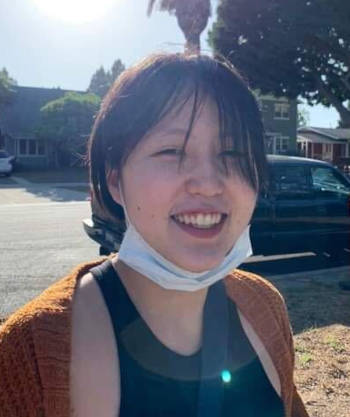
“Amy Kravitz and Steven Subotnick were my professors when I was an undergrad [at Rhode Island School of Design],” says Masashi Yamamoto. “They are alumni of MFA Experimental Animation in Calarts. I really loved their teaching style and artistic approach. I was interested in their creative roots and I wanted to study in the same program, so I applied to Calarts.”
Christine Woo was drawn to Calarts because of its reputation and what the program had to offer. “The roster of alumni that have come out of the animation program is so crazy, it seems like odds are you are more likely to come out successful than not. And as a student, you are expected to make a film every year. I think having the pressure and resources to finish a film not only lets you find your voice as an artist, but also makes you learn every aspect of the animation pipeline.”
Expectations Met?
“One of the reasons I liked Calarts Experimental Animation when applying was they treated animation as contemporary art and filmmaking,” says Im. “However, most South Korean international students aim for U.S. schools because of the American dream, pursuing a new life, and finding roots there. For this purpose, of course, EA didn’t help at all. An art major doesn’t help get jobs that support visas unless you prepare your portfolio for commercial art. So for the first year, it was a nightmare internally. I did not get along with many white American students who did not understand the struggle and anxiety of colored non-American students. We had to figure out a lot in the short term of the program while withstanding discrimination and microaggressions. I hated the power imbalance of matching up to the dominant white group in the EA program.
Im’s second year improved once she discovered that she could apply for an artist visa. “I decided to take the risk of focusing entirely on my independent filmmaking and festival records. Because I was focused on getting good results and making good quality films in the three-year program, I missed a lot of friend gatherings and social networking events. The EA program is a great place to focus on independent animation filmmaking and hang out with other students. I would have enjoyed the program a lot more if it wasn’t for my struggles.”
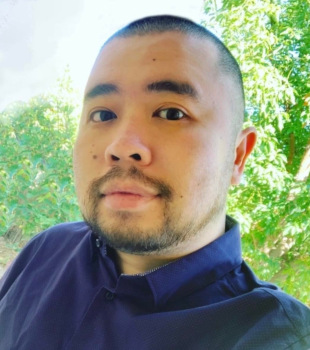
For Yamamoto, the key challenge was learning how to filter advice from his professors and to find his own personal voice. “As there are many talented and unique professors, each one offered different advice on my animation project. I asked five teachers for advice and I was confused because everyone has different suggestions and perspectives. My project was getting complicated since I followed all those voices. Then I learned that I also need to think about what my vision and perspective are telling me. So I acquired a skill to know my instinct in my creative process.”
According to Woo, “In terms of classes, teachers, and faculty, I could not have asked for a better education. The teachers care so much about their craft and their students that it makes you want to work harder. In terms of facilities, Calarts could use a bit of work. During the pandemic our Character Animation classrooms and facilities were flooded and they’ve been rebuilding ever since. My class that came in during 2019 were sent home when the pandemic started and even though classes are back in person, I’m still disappointed I didn’t get to spend all 4 years in the same classrooms that a lot of the people I look up to took classes in.”
What was missing?
For Im, the lack of structure presented a problem. “There wasn’t a basic template of how to start a lecture and how to finish it. I think there should be one,” she suggests. “Being an art school allows the instructors to be less formal and structured. The informality is okay, but less structure doesn’t benefit the students. However, the program aims for the faculty and students to get along. Even the faculty offices are inside the student studio with transparent glass walls. The faculty members focused on each student’s work and treated us as filmmakers. I liked this a lot.”
“It could be more exciting if they have more interaction between Experimental and Character Animation programs in the curriculum,” adds Yamamoto. “In addition to Experimental Animation classes, I took several classes from Character Animation where I met interesting professors. I think it would be fun if they have some experimental and character joint classes.”
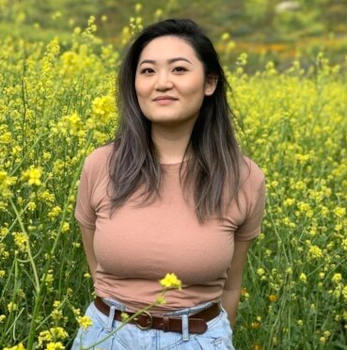
“My only gripe for myself is that I wish I had taken a film directing class,” adds Woo. “The amazing thing about Calarts is that it’s not just an animation school. As a student, you’re given the opportunity to take classes in other métiers and I wish I had taken more advantage of that. Calarts is incredibly interdisciplinary, so you are able to collaborate with so many different artists, filmmakers, musicians, etc. And on the topic of collaboration, I wish we were given more opportunities to collaborate with our fellow animation classmates. Don’t get me wrong, I’ve loved being able to work on my own projects and films. I think this might be the only time in my career that I’ll be given the space and ability to solely work on my own projects, but animation is such a collaborative medium that I think it would have been fun to work on more films with my classmates.”
Ready for the World?
In the end, do Calarts graduates feel ready for the working world?
Im says she didn’t feel prepared but also acknowledges that that’s not the primary purpose of the Experimental Animation program. “I don’t think the EA program can teach what they teach if it focuses on getting prepared for the working world. We can’t make our own unique film when we consider the commercial world. Unless we become teachers and professors or our artistic style has a bit of connection to the recent trend of the commercial world. However, because I did my graduation film with a production company by signing a co-production contract, I learned a lot about the independent animation world outside of school. My mentor and many faculty and staff members helped me finalize the contract. They even supported me in writing the contract. They also taught me what the legal terms meant.”
“I felt well prepared,” says Yamamoto. “After I graduated from the school, I started my internship as a fabricator in a stop-motion animation studio and I am currently a stop-motion fabricator in the animation industry.”
“Of course there’s a doubt that I will be a fish out of water as soon as I step into my first job, but our teachers prepare us pretty well for the industry,” says Woo. “The way the classes are structured and making a film every year, you get a lot of information and practice jammed into your time here. As of right now, it seems like the industry isn’t quite ready for us. Animation is cyclical, of course, but it’s scary to see so many layoffs (and the writer’s strike) as you’re graduating. I’m still optimistic though.”
Pictured at top: Calarts campus photo by Bobak Ha’Eri licensed under CC-By-SA-3.0.

.png)

